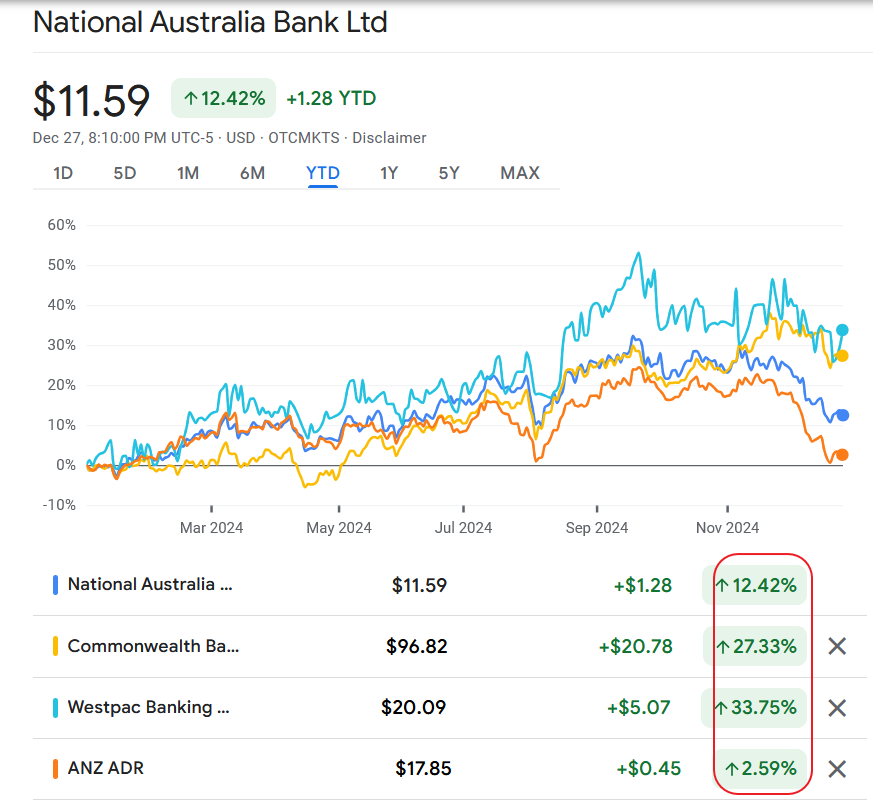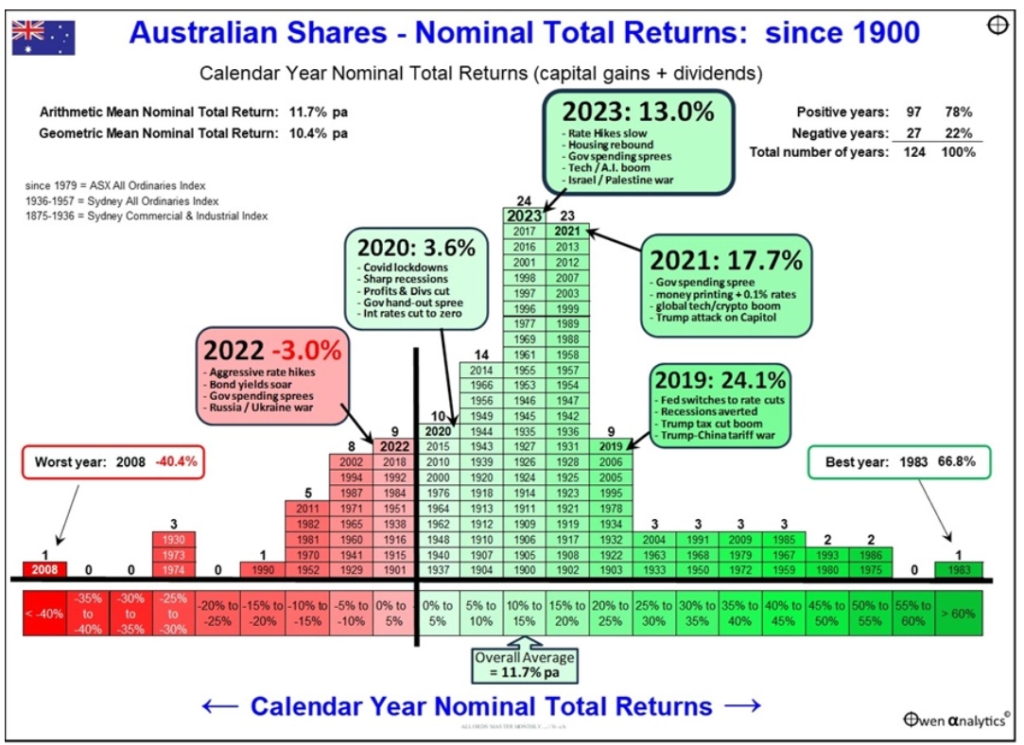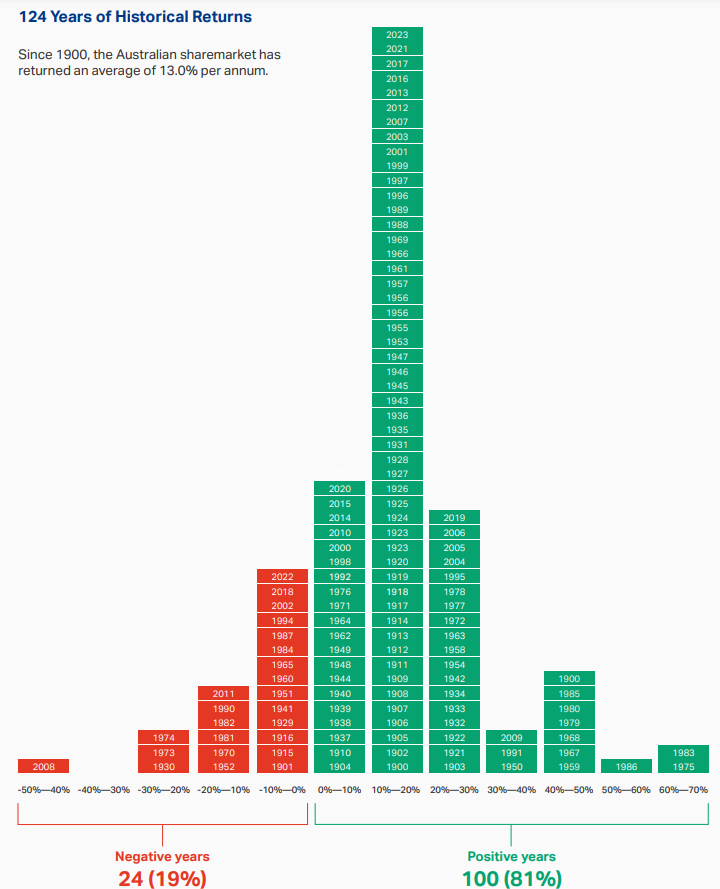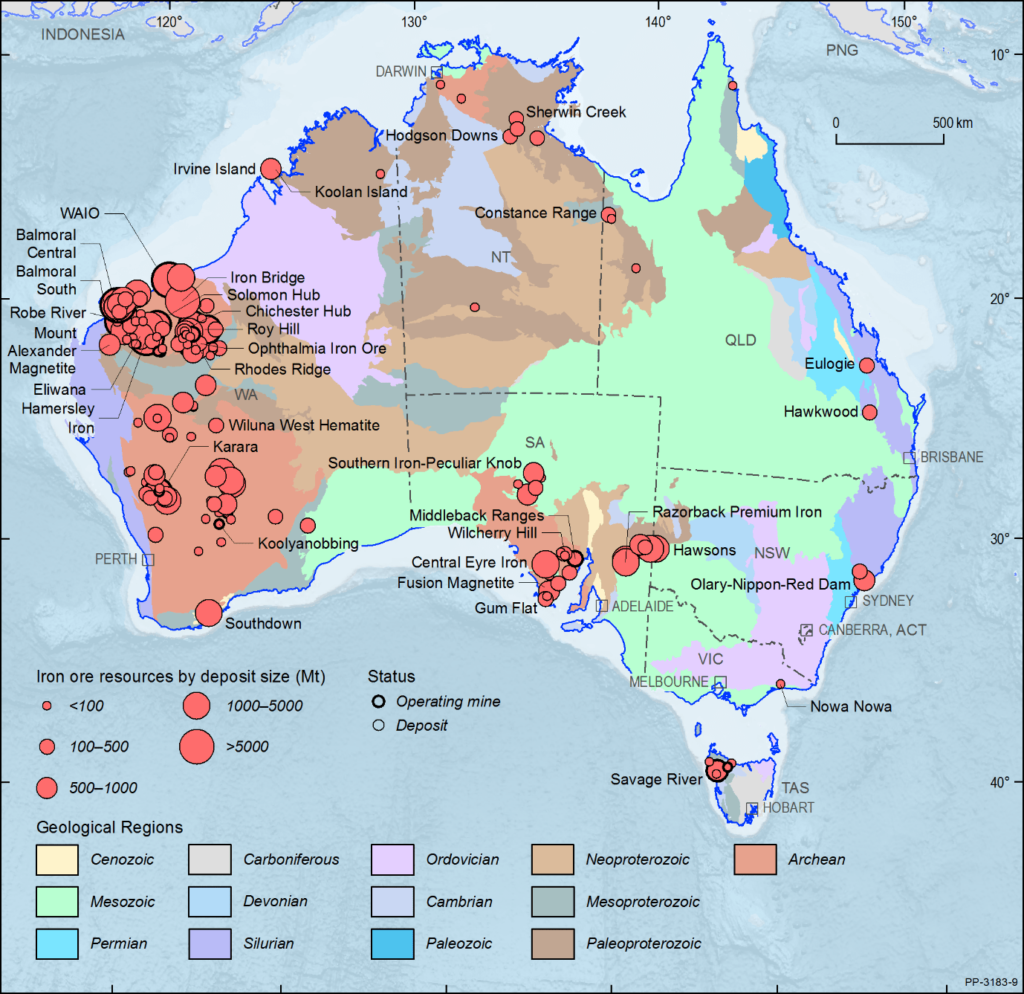Australia & New Zealand Banking Group Ltd.(OTC: ANZBY) is expanding in Asia with the purchase of Asian assets from the Royal Bank of Scotland (RBS) yesterday. According to Bloomberg “ANZ Bank, Australia’s fourth-biggest lender, will pay $550 million for the RBS businesses in Singapore, Taiwan, Indonesia, Hong Kong, the Philippines and Vietnam, the Melbourne-based bank said in a statement to the stock exchange.”
ANZ Bank is already a major leader in New Zealand and has a significant presence in many Asian countries including India, China. With this acquisition, the bank would be able to effectively compete against giants like Citibank(C) and HSBC(HBC). “The RBS businesses represent 54 branches with $3.2 billion in loans and $7.1 billion in deposits serving about 2 million clients, ANZ Bank said in the statement.” The Tier 1 ratio of the bank would be 9.5% after the deal.
ANZBY currently pays a 4.43% dividend and the stock has more than doubled from recent lows. The bank has a higher profit margin than its competitor National Australia Bank (NABZY).
Similar to Canadian banks, Australian banks have to seek growth in markets outside of the saturated market of Australia. Naturally they prefer to expand in Asia due to strong cultural and regional ties.
In a recent article, the Journal noted:
“Home values have started rising again, after falling in 2008, and are slightly above their record high reached in February last year.
One reason that Australia’s housing market is comparatively tight right now is that it didn’t get too out of control during flush years. Although Australia had its property boom between 1997 and 2003, policy makers were able to prevent prices from getting too far out of whack with underlying economic fundamentals in part by raising interest rates. That made homes less affordable and cooled the market earlier than in other parts of the world, including the U.S. Eventually, prices fell in several cities but not nearly as much as in some developed countries.
Now, the excess housing left over from the last boom has been worked off. Demand for new homes has grown to an estimated 190,000 units a year, while current construction trails at 130,000 a year, according to Australia’s Housing Industry Association. For the most part, Australian banks have remained healthier than their counterparts in the U.S. and Europe, allowing them to keep extending home loans throughout the downturn.”
The two other Australian banks listed in the U.S. National Australia Bank Ltd(OTC:NABZY) and Westpac Banking Corp (WBK) have dividend yields of 5.10% and 4.73% respectively.



